The Mercedes-Benz S-Class is the pinnacle of luxury and innovation. This guide makes understanding its models, features, and care simple for any owner, ensuring you get the most from this exceptional vehicle.
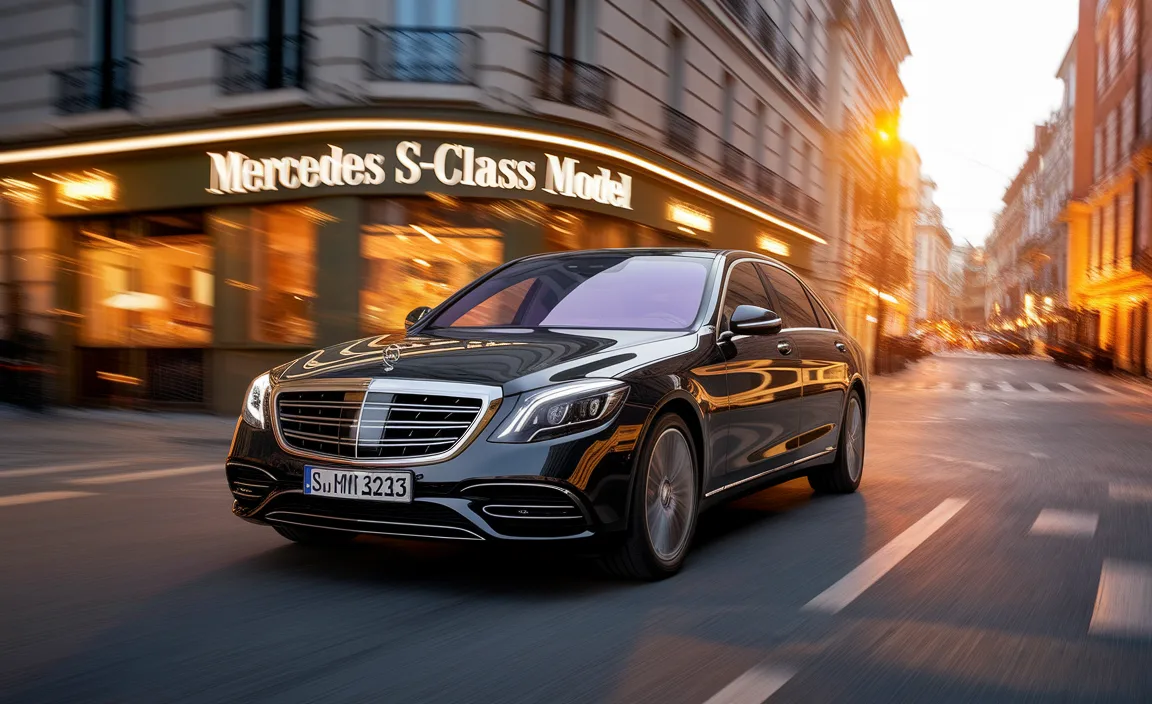
Hey there, fellow Mercedes-Benz enthusiasts! Charlie Joyce here. If you’re the proud owner of an S-Class, you’re holding the key to automotive excellence. Sometimes, though, with all the incredible technology and different model variations, it can feel a bit overwhelming to get a clear picture of what makes your S-Class tick. Don’t worry, that’s totally normal! We’re going to break down the Mercedes S-Class model lineup and its key aspects in a way that’s easy to grasp. Think of this as your friendly, weekend workshop chat about the ultimate luxury sedan. We’ll cover its history, the different models you might encounter, and what makes owning one so special. Let’s dive in and explore the world of the S-Class together!
Mercedes S-Class: A Legacy of Luxury and Innovation
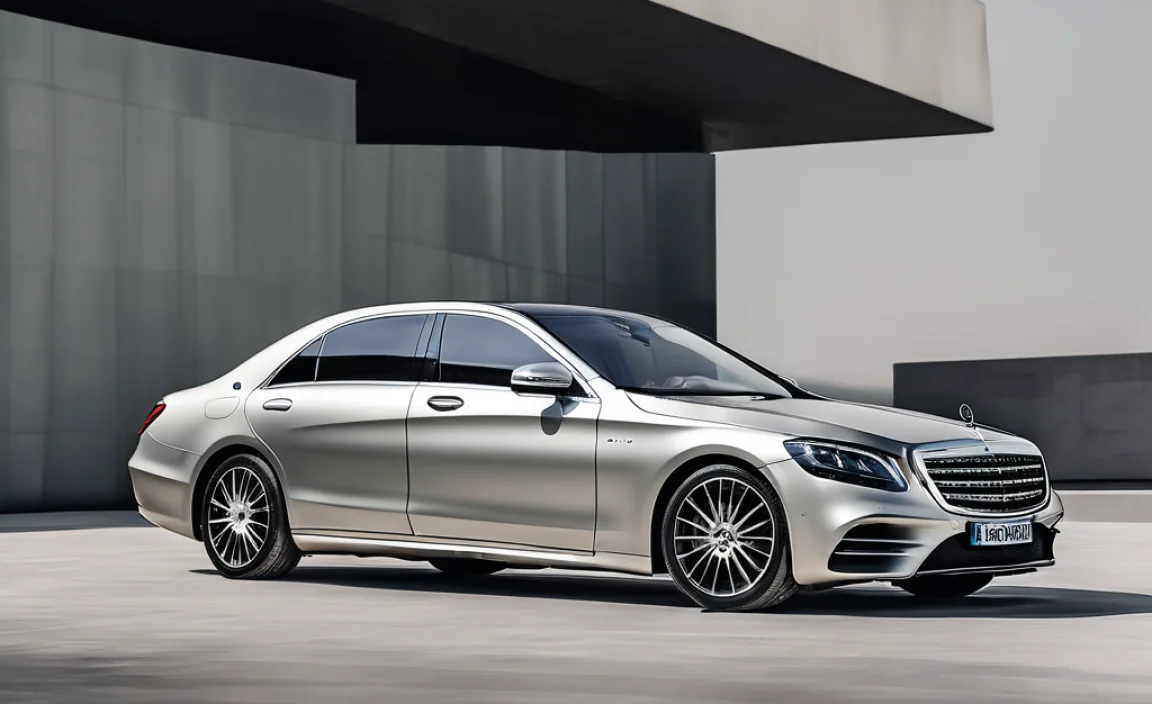
The Mercedes-Benz S-Class isn’t just a car; it’s a statement. For decades, it has set the benchmark for what a luxury sedan should be. From its introduction, the S-Class has consistently pushed the boundaries of automotive engineering, introducing groundbreaking technologies that often trickle down to other vehicles. The name itself, “S-Klasse,” comes from the German word “Sonderklasse,” meaning “special class.” This perfectly captures the essence of this flagship model – it’s always been about offering something extraordinary.
Owning an S-Class means experiencing a blend of unparalleled comfort, cutting-edge safety, and exhilarating performance. Whether you’re cruising on the highway or navigating city streets, the S-Class offers a serene and sophisticated driving experience. It’s designed for those who appreciate the finer things in life and demand the very best from their vehicle.
Understanding the S-Class Model Evolution
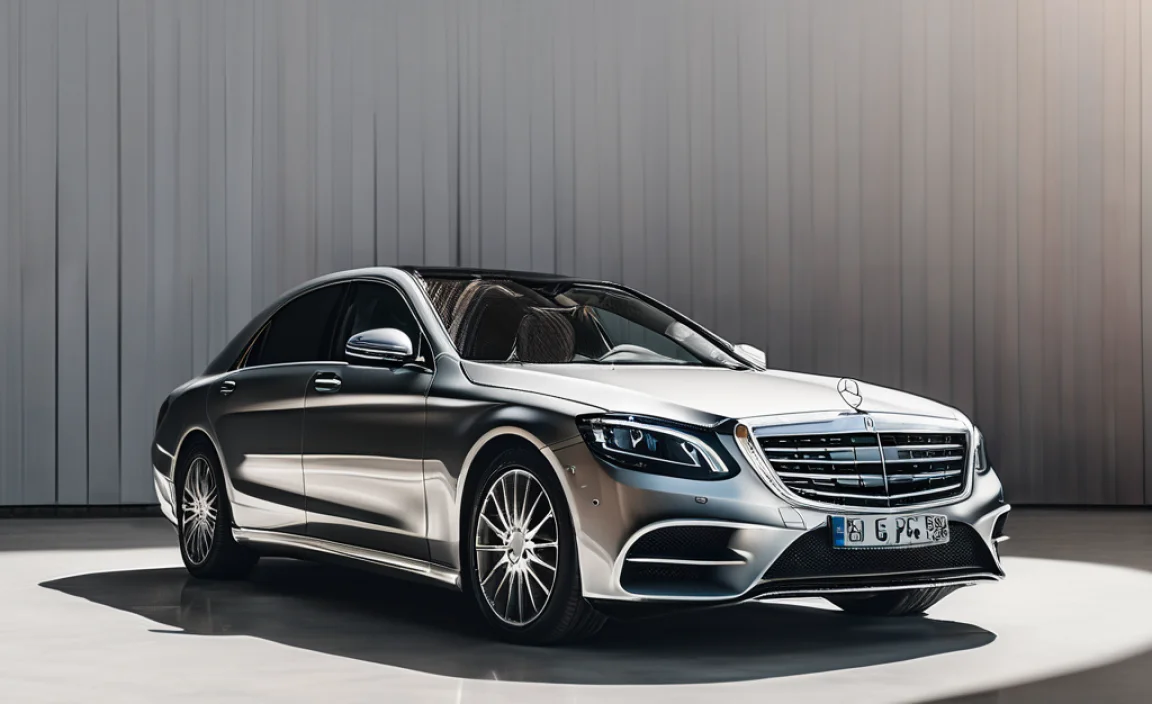
The S-Class has a rich history, with each generation building upon the successes of its predecessors. While specific model designations can vary slightly by year and market, understanding the core S-Class lineage helps appreciate its journey. We’ll focus on some of the more prominent recent generations, as those are likely to be most relevant to current owners and enthusiasts.
Key S-Class Generations (Focusing on Modern Eras)
Mercedes-Benz often uses internal chassis codes to denote different generations of the S-Class. Here’s a look at some of the more recent and recognizable ones:
- W222 (2013-2020): This generation marked a significant leap in technology and design, introducing features like the “Intelligent Drive” driver assistance systems and a much more modern, digital interior. It was known for its elegant styling and advanced comfort features.
- W223 (2020-Present): The current generation of the S-Class raises the bar even higher. It features a bold new design, an even more intuitive MBUX infotainment system with larger screens, and a focus on sustainability with hybrid and electric options (such as the EQS, discussed later). It continues the tradition of setting new standards in luxury and technology.
It’s also important to note that within these generations, there are various trim levels and engine configurations that further differentiate the models. For example, you’ll often see S 450, S 560, S 580, and performance-oriented AMG S 63 or S 65 models. These designations generally refer to the engine size and power output.
Decoding the S-Class Model Designations
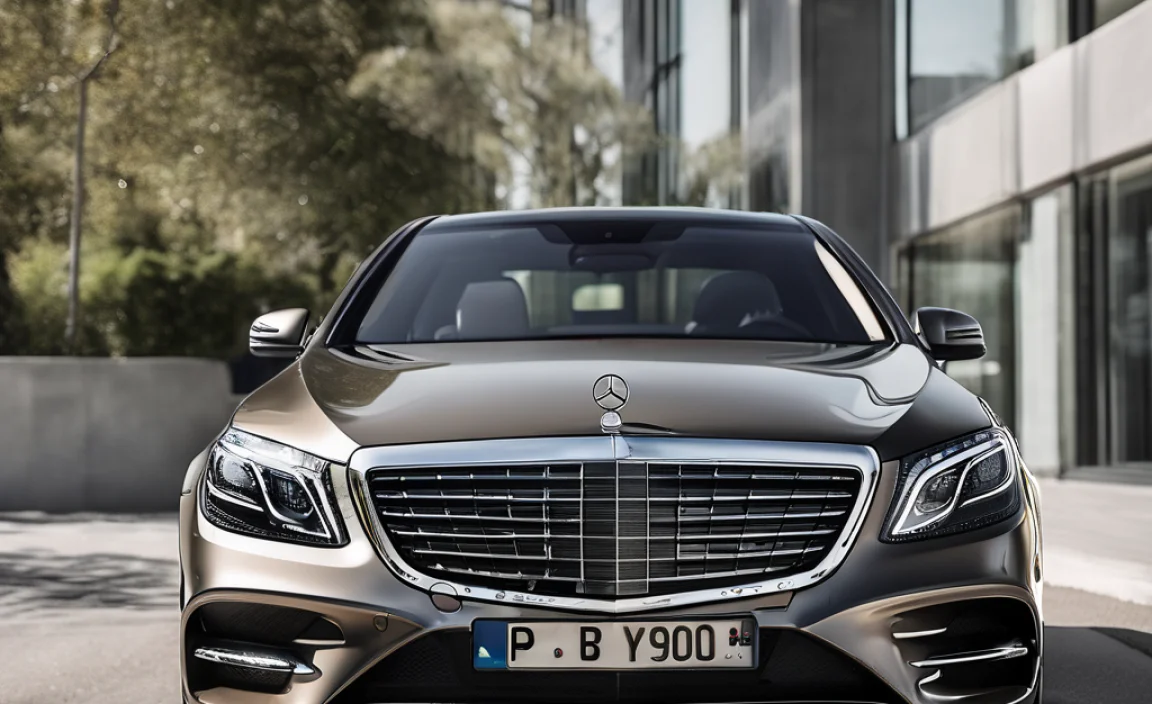
If you’ve ever looked at an S-Class and seen “S 580 4MATIC” or “AMG S 63,” you might wonder what all those numbers and letters mean. Mercedes-Benz has a fairly consistent naming convention that can help you understand the basics.
- “S”: This, of course, signifies the S-Class, the flagship model.
- The Numbers (e.g., 450, 580): Historically, these numbers related to the engine displacement (e.g., a 5.0-liter engine). In modern Mercedes-Benz vehicles, the numbers are more of a positioning indicator and don’t always directly reflect the exact engine size. Generally, higher numbers indicate a more powerful engine or a higher trim level.
- “4MATIC”: This is Mercedes-Benz’s all-wheel-drive system. It provides enhanced traction and stability in various driving conditions, especially slippery ones.
- “AMG”: This denotes models developed by Mercedes-AMG, the high-performance division. AMG models are designed for the enthusiast driver, offering significantly more power, sportier handling, and distinctive styling cues.
- “e” (e.g., S 560 e): This indicates a plug-in hybrid variant, combining a gasoline engine with an electric motor for improved fuel efficiency and the ability to drive on electric power alone for short distances.
- “L” (e.g., S 560 L): In some markets, you might see an “L” designation, which stands for “Lang” (Long) and means it’s the long-wheelbase version, offering increased rear legroom for ultimate passenger comfort.
Here’s a simplified breakdown with some common examples:
| Model Designation | General Meaning | Key Characteristics |
|---|---|---|
| S 450 | Entry-level to mid-range S-Class | Comfortable, well-equipped, often with a V6 or V8 engine (depending on year). |
| S 580 | Higher-end S-Class | More powerful V8 engine, premium features, enhanced performance. |
| S 580 4MATIC | Higher-end S-Class with All-Wheel Drive | All benefits of the S 580 plus enhanced all-weather traction. |
| AMG S 63 | High-performance S-Class | Significantly increased horsepower, sport-tuned suspension, aggressive styling. |
| S 560 e (or later hybrid models) | Plug-in Hybrid S-Class | Combines gasoline power with electric efficiency, ability to run on EV mode. |
The Electric Evolution: The Mercedes-Benz EQS
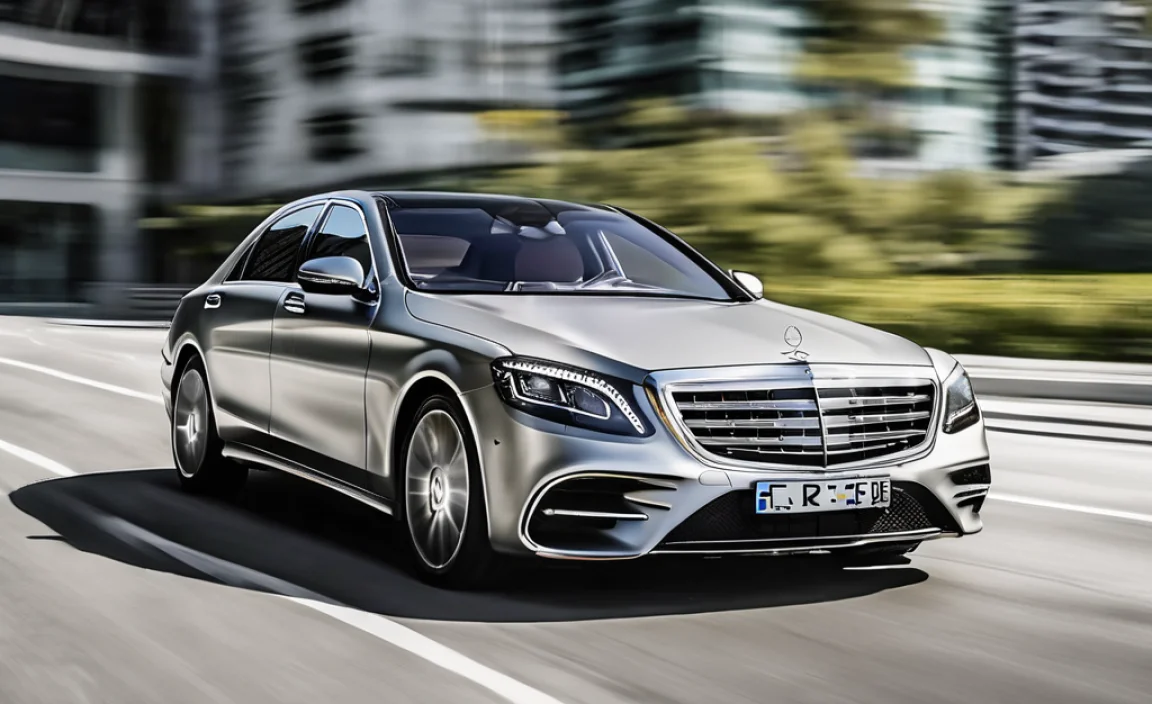
Mercedes-Benz is at the forefront of electrification, and the S-Class family has extended to include the groundbreaking EQS. While it shares the S-Class ethos of luxury and technology, the EQS is a dedicated all-electric luxury sedan built on its own platform.
- EQS: This is the electric equivalent of the S-Class. It boasts a futuristic design, an opulent interior dominated by the massive MBUX Hyperscreen (in some configurations), and impressive electric range. It represents the future of S-Class motoring, offering silent, powerful, and emission-free luxury.
Understanding the EQS is crucial for appreciating the full spectrum of the modern S-Class family and Mercedes-Benz’s commitment to sustainable luxury. It delivers many of the same core S-Class values – supreme comfort, advanced tech, and exceptional build quality – but with an all-electric powertrain.
Essential Maintenance for Your S-Class
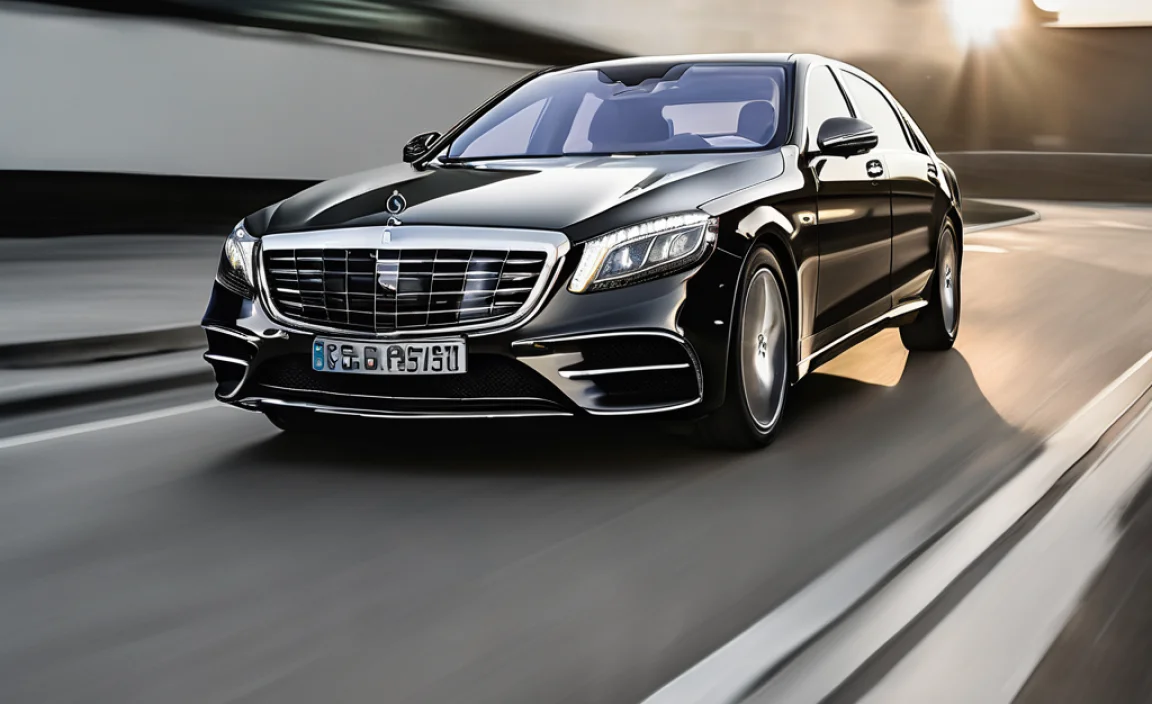
Just like any high-performance luxury vehicle, your S-Class requires regular and proper maintenance to keep it running smoothly and reliably. Sticking to the recommended maintenance schedule is key to preserving its value and ensuring its advanced systems function as intended.
Regular Service Intervals
Mercedes-Benz typically recommends service intervals based on mileage and time, whichever comes first. These often include:
- Minor Service (e.g., A Service): Usually involves an oil change, oil filter replacement, tire rotation, and a comprehensive inspection of various vehicle components.
- Major Service (e.g., B Service): Includes everything in the minor service, plus replacement of the cabin air filter, brake fluid, and other inspections and fluid checks.
Always refer to your owner’s manual for the precise maintenance schedule tailored to your specific S-Class model year and engine. You can find valuable general information on vehicle maintenance practices on sites like the Federal Highway Administration’s highway maintenance resources, though always prioritize your Mercedes-Benz specific guidelines.
Key Maintenance Checks for S-Class Owners
While dealer servicing is often recommended for complex tasks, there are several things you can check yourself or ensure are being done at service intervals:
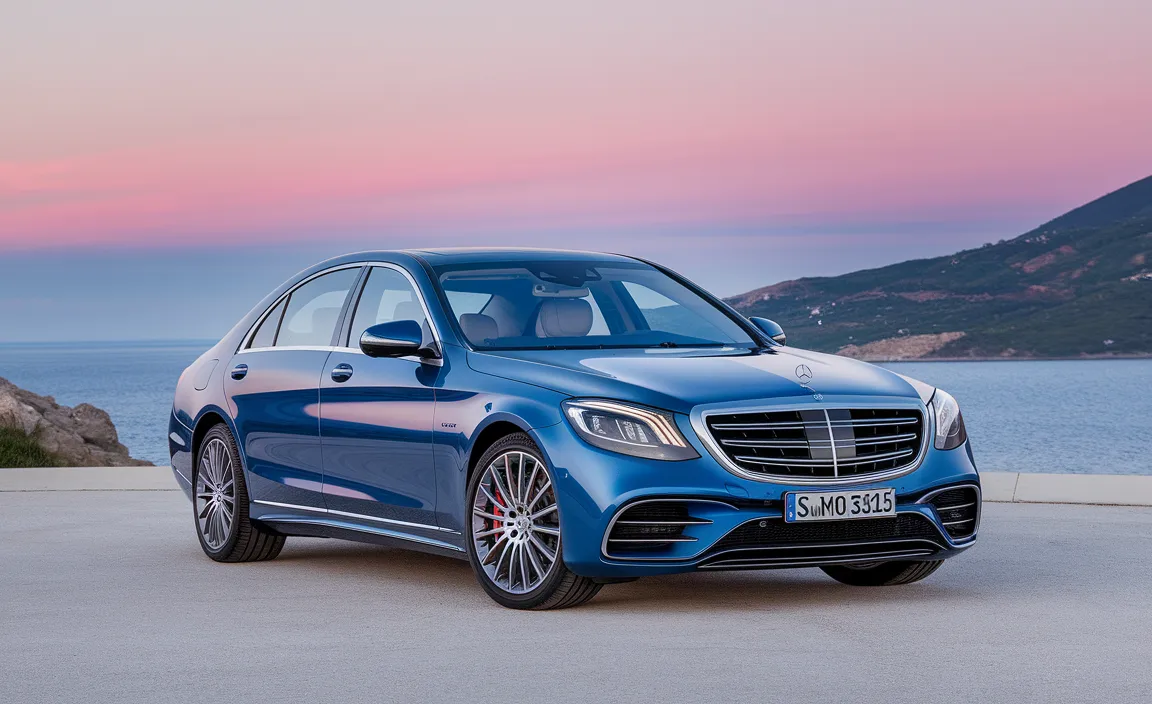
- Fluid Levels: Regularly check engine oil, coolant, brake fluid, and windshield washer fluid. Your S-Class will typically alert you on the dashboard if any level is critically low.
- Tire Pressure and Condition: Proper tire pressure is crucial for safety, fuel economy, and tire longevity. Inspect your tires for wear and tear.
- Brake System: Listen for any unusual noises when braking and check the brake fluid level. The car’s computer will also monitor brake pad wear.
- Wiper Blades: Ensure they are in good condition for clear visibility, especially in inclement weather.
- Lights: Periodically check all headlights, taillights, brake lights, and turn signals.
What to Expect During a Major Service
A major service is more comprehensive and might involve tasks like:
- Replacing the engine air filter.
- Replacing the spark plugs (typically at higher mileage intervals).
- Replacing the brake fluid.
- Servicing the transmission (depending on the model and mileage).
- Inspecting suspension components, exhaust system, and steering.
- Checking and topping off all other necessary fluids.
Your Mercedes-Benz dealership or a trusted independent Mercedes-Benz specialist will provide a detailed list of what’s included in your specific service.
Understanding S-Class Technology and Features
The S-Class is a showcase for Mercedes-Benz’s most advanced technology. Here are some key areas you’ll encounter:
MBUX Infotainment System
The Mercedes-Benz User Experience (MBUX) is the command center for your car’s infotainment, navigation, climate control, and vehicle settings. It typically features large, high-resolution touchscreens and intelligent voice control.
- Voice Control: Activated by saying “Hey Mercedes,” you can control a wide range of functions with natural language commands.
- Navigation: Advanced navigation with augmented reality features (showing navigation prompts overlaid on a live view of the road) is often available.
- Connectivity: Seamless smartphone integration via Apple CarPlay and Android Auto, along with in-car Wi-Fi capabilities.
- Personalization: MBUX learns your habits and preferences over time, suggesting contacts, routes, and even music.
Driver Assistance Systems (Intelligent Drive)
The “Intelligent Drive” suite of systems uses a complex array of cameras, radar, and sensors to help make driving safer and less stressful. These systems are designed to assist, not replace, the driver.
- Active Distance Assist DISTRONIC: Adaptive cruise control that can maintain a set distance from the vehicle ahead, even stopping and accelerating.
- Active Steering Assist: Helps keep the car centered in its lane, even on curves.
- Active Brake Assist: Can detect potential collisions with vehicles, crossing pedestrians, or cyclists and can brake automatically if the driver doesn’t react.
- PRE-SAFE® Systems: These systems can detect impending collision scenarios and prepare the vehicle by tightening seatbelts, moving seats, and closing windows to protect occupants.
For more detailed information on safety features and their operation, you can consult resources like the National Highway Traffic Safety Administration (NHTSA) regarding advanced vehicle safety technologies.
Comfort and Luxury Features
Beyond technology, the S-Class excels in providing unparalleled comfort:
- ENERGIZING Comfort Control: This system links various comfort features like ambient lighting, seat heating, ventilation, massage functions, and even fragrancing to create specific moods or environments.
- AIRMATIC Air Suspension: Provides a smooth, refined ride by adapting the damping to road conditions and driving style.
- Advanced Climate Control: Multi-zone systems with sophisticated air filtration and ionization ensure a fresh and pleasant cabin environment.
- Executive Rear Seats: Many S-Class models offer sumptuous rear seating with reclining functions, massage, and climate control for ultimate passenger pampering.
Troubleshooting Common S-Class Issues
While the S-Class is renowned for its reliability, like any complex automobile, minor issues can sometimes arise. Here are a few common areas and how to approach them.
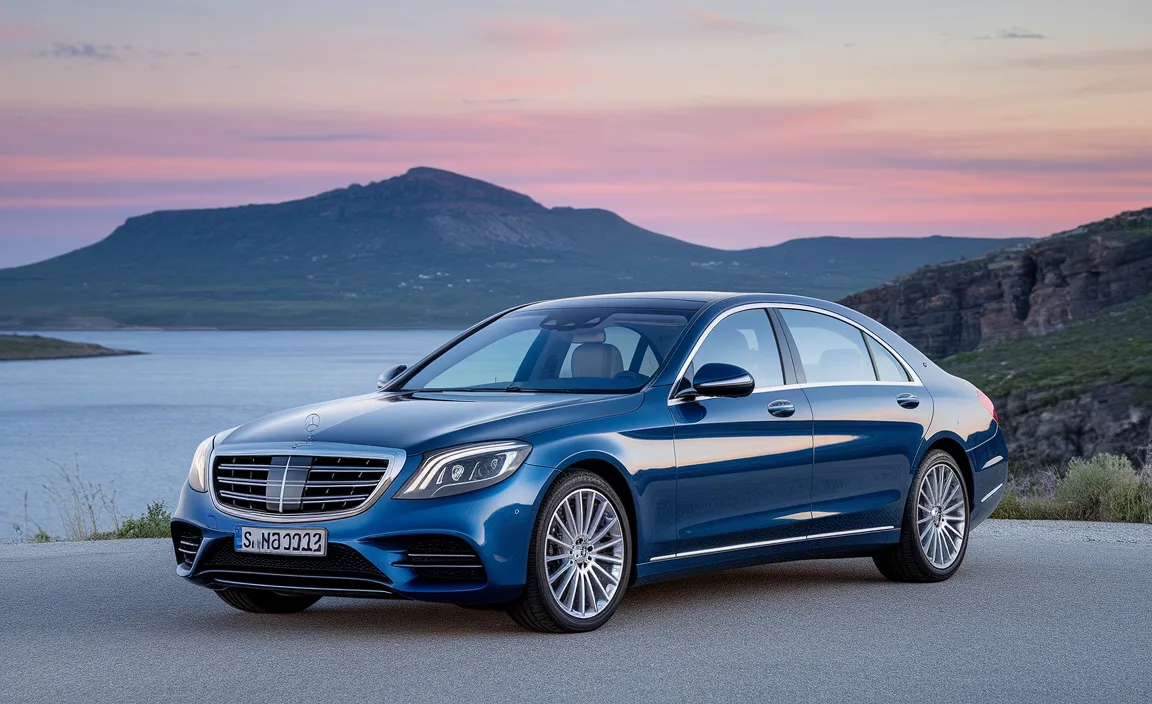
Warning Lights on the Dashboard
Your S-Class has a sophisticated diagnostic system that will illuminate warning lights for various reasons. Common ones include:
- Check Engine Light: Indicates a potential issue with the engine, emissions system, or powertrain.
- Tire Pressure Monitoring System (TPMS) Light: Usually means one or more tires are underinflated. Check tire pressures and reinflate as needed.
- ABS or ESP Light: May indicate a problem with the anti-lock braking system or electronic stability program.
- AdBlue/DEF Warning (for Diesel models): If your diesel S-Class shows this, it means the Diesel Exhaust Fluid needs refilling. Running out can prevent the car from starting.
Important: Never ignore warning lights. Consult your owner’s manual for the specific meaning of each light, and if unsure, always seek professional diagnosis from a Mercedes-Benz technician.
Infotainment System Glitches
Occasionally, the MBUX system might freeze, become unresponsive, or exhibit minor glitches. Often, a simple reboot can resolve these issues:
- System Reboot: Try holding down the power button for the infotainment screen for several seconds until the system restarts.
- Check for Updates: Ensure your MBUX software is up to date; sometimes updates contain fixes for known bugs. Your dealer can check this, or some updates can be applied over-the-air.
Air Suspension Not Working Correctly
If you notice your S-Class riding too low, unevenly, or the system is making unusual noises, the AIRMATIC suspension might have an issue. This could be due to a leak, a faulty compressor, or a sensor problem.
Diagnosis: This is a complex system best left to trained technicians. They have the specialized tools to diagnose and repair air suspension issues. Attempting DIY repairs on air suspension can be dangerous due to the high pressures involved.
Conclusion
The Mercedes-Benz S-Class is more than just a car; it’s an experience. By understanding its model designations, the evolution of its design, and the core technologies that make it so special, you can truly appreciate the engineering marvel you’re driving. Regular, diligent maintenance is your key to unlocking decades of reliable, luxurious performance from your S-Class.
Remember, your owner’s manual is your best friend for specifics, and a trusted Mercedes-Benz service center is always there to help with more technical needs. Whether you’re enjoying the plush ride of a traditional S-Class or embracing the electric future with the EQS, you’re driving a piece of automotive history. So, take pride in your S-Class, keep it well-maintained, and enjoy every mile of luxurious, innovative travel it offers!
Common Questions About the Mercedes S-Class
1. What is the difference between S 580 and AMG S 63?
The S 580 is a luxurious, powerful, but comfort-oriented model. The AMG S 63 is a high-performance variant from Mercedes-AMG, featuring a significantly more powerful engine, sportier suspension, brakes, and a more aggressive design, prioritizing dynamic driving over pure comfort.
2. How often does an S-Class need an oil change?
Typically, an S-Class requires an oil change every 10,000 miles or once a year, whichever comes first, as part of its scheduled maintenance (like the “A Service”). Always refer to your specific owner’s manual for the exact interval.
3. Is the S-Class expensive to maintain?
Yes, due to its sophisticated engineering, specialized parts, and luxury materials, the S-Class generally has higher maintenance and repair costs compared to more mainstream vehicles. Regular, preventative maintenance at qualified service centers is crucial to avoid more costly issues later.
4. What does “4MATIC” mean on an S-Class?
“4MATIC” is Mercedes-Benz’s designation for its all-wheel-drive system. It distributes power to all four wheels to improve traction and stability, especially in adverse weather conditions like rain, snow, or ice.
5. Are S-Class models reliable?
Modern S-Class models are generally reliable, especially when properly maintained according to Mercedes-Benz’s recommendations. However, their complexity means that any repairs required can be more intricate and expensive than on simpler cars.
6. What is the difference between S-Class and EQ S?
The S-Class is the traditional luxury sedan powered by internal combustion engines (gasoline or diesel, sometimes hybrid). The EQS is the all-electric flagship sedan, built on a dedicated EV platform, offering similar levels of luxury and technology but with a fully electric powertrain.
7. Can I perform basic maintenance on my S-Class myself?
Yes, simple checks like topping up washer fluid, checking tire pressure, and inspecting lights are manageable for DIY owners. However, tasks involving engine systems, diagnostics, brakes, or advanced electronics are best left to certified Mercedes-Benz technicians to ensure safety and proper function.